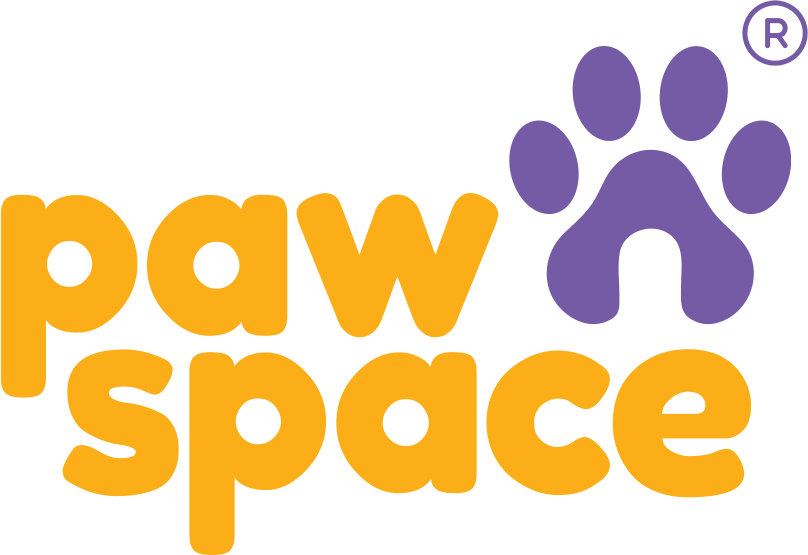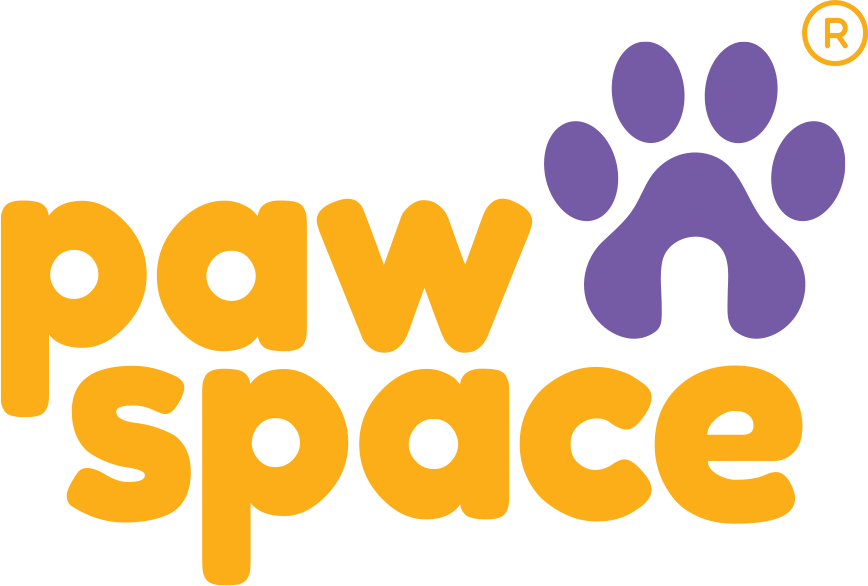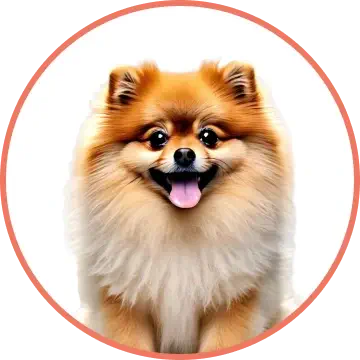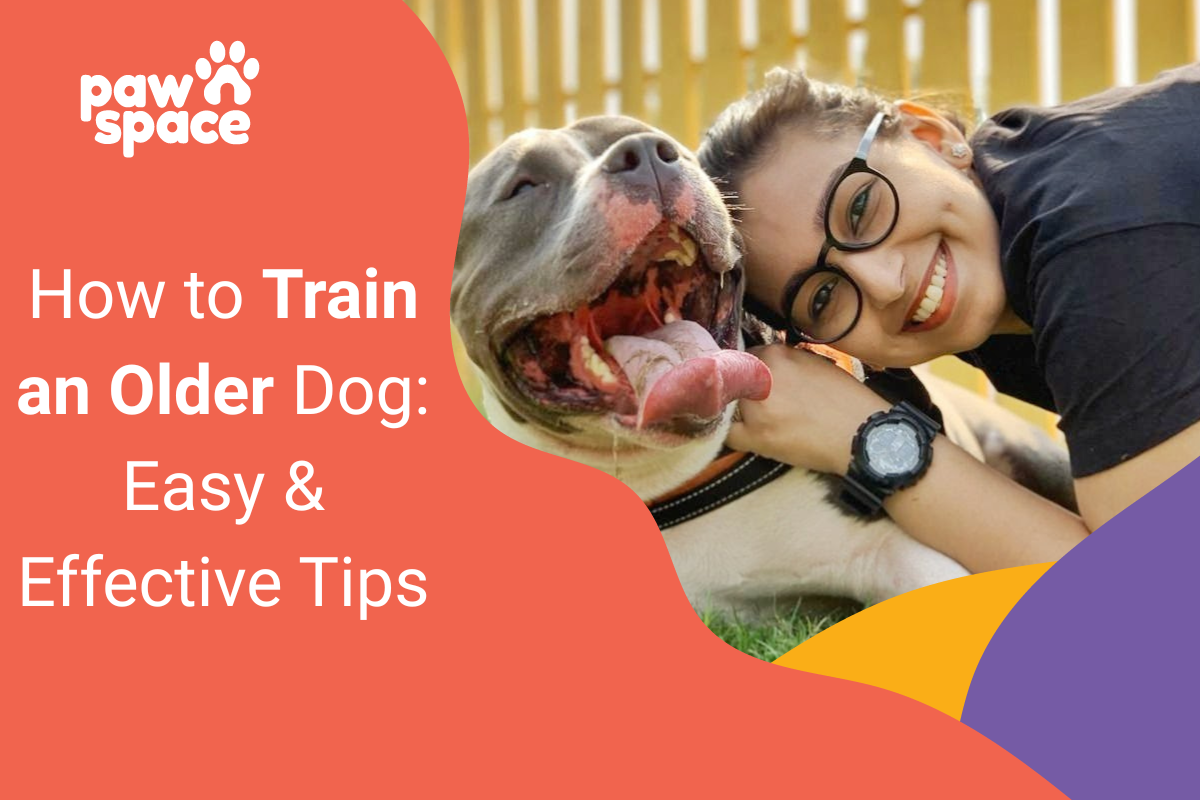How to Train an Older Dog effectively is something every pet parent might need to consider at different stages of their dog’s life to ensure they are well-behaved. You may have recently adopted an older dog and need to teach them essential manners and behavioral skills to help them adjust seamlessly to your home and family. In some cases, you may have skipped training during their puppy stage or only provided basic instruction, later realizing the need for proper training to help them thrive. If that’s the case, you might want to start fresh or continue from where you left off to ensure your older dog can live a well-adjusted and fulfilling life.
When this happens, you might face a lot of hurdles in terms of training. There is also a lot of apprehension about whether it is possible to train a dog that has not been properly at its puppy stage, but you can drop that apprehension because it is totally possible! You might face a little more hurdles than you would face if training a puppy as the dog would have adapted to the ways of the world in its own way and also formed distinctive habits of its own, so some of those habits might not be very easy to break. However, it is never too late to train your dog. With a little bit of effort, a good amount of patience and quite a bit of love, you can always ensure that your dog gets trained well regardless of its age and breed. So what are some of the things that you should incorporate to ensure a successful training process?
Here are some tips we have for you about how to train an older dog:
- Positive reinforcements – Since the dog is grown, they will already have a series of established tastes and wants. You can use this information and form a plan around how you can positively reinforce them everytime they do a task that you want. This way, you can accustom them to the fact that although they are being taught a new task, everytime they do that correctly they get to experience their favorite thing, get their favorite treat, or get a good positive affirmation from you.
- Uniform expectations – Make sure that everyone in your household or everyone who interacts with your dog as a caretaker has uniform expectations from your dog’s behavior. If all of you have different standards about how your dog should be behaving, or if different people reward them with different levels of behavior, they might get confused about what they are getting rewarded for. It is important to show them there is a standard of how they should be behaving, and that is a particular set of commands which if followed, will make you happy. Once this standard is set, it might take them some time to figure out what is expected of them, after which, it will get easier to train them
- Clear commands – Ensure that all the commands that you are teaching are clear cut. Choose certain words for every task and do not confuse them with variations. For example, if you want them to stand, use only “stand” or “up” or something equivalent, do not use both words for the same action. Every action should be associated with one singular word so your dog has absolutely no confusion about what action to perform when a certain command is given by you.
The best thing you can do for your adult dog when it comes to training, is hire a professional dog trainer to ensure that the best kind of training is given to your dog. Due to the dog trainers’ expertise in this area, they will know the perfect way to handle and care for your dog and train them optimally.

















